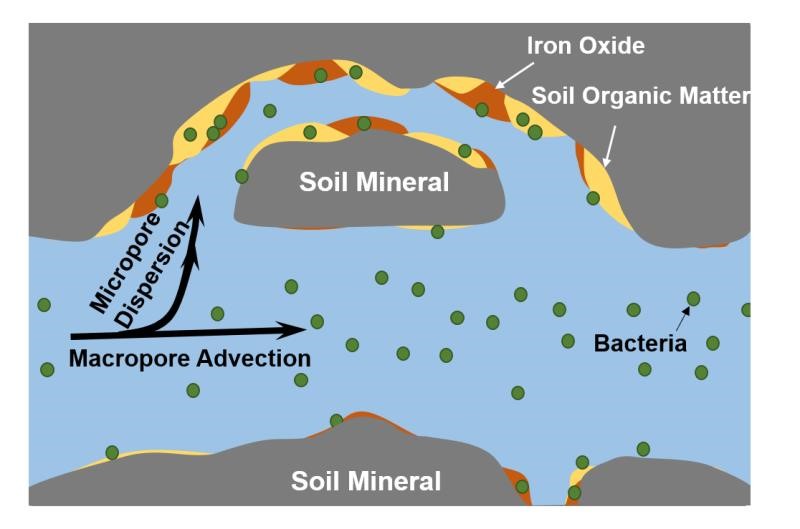Bacterial Mobility Facilitated by Soil Depth and Intact Structure
The development of field management practices for reducing pathogenic pollution of water systems is slow because of a lack of understanding of the dynamics of microbial transport through subsurface soil profiles, which are heterogeneous both geochemically and structurally.
An international team of researchers from the Institute of Applied Ecology (IAE) of the Chinese Academy of Sciences and the University of Tennessee reported “bacterial mobility facilitated by soil depth and intact structure”. The study was published in Soil & Tillage Research.
In this work, they investigated bacterial transport through intact and disturbed soils collected from different soil depths of a field soil profile.
The results showed that bacterial mobility increased with soil depth in consistent with the down gradients of soil organic matter, iron oxides, and soil zeta potential. Soil organic matter was favorable to bacterial retention by increasing bacterial attachment at soil surfaces and dispersion in pores. In contrast, intact soil structure increased bacterial mobility by providing well connected flow pathways that likely contained less SOM and iron oxides.
This study provides a practical framework of key soil parameters that should be used in the pathogenic risk assessment of agro-ecosystems that are irrigated with reclaimed water or fertilized with sewage sludge or animal manures.
This work was financially supported by the National Natural Science Foundation of China.

Fig 1. Mechanisms for bacterial transport and retention in soil



